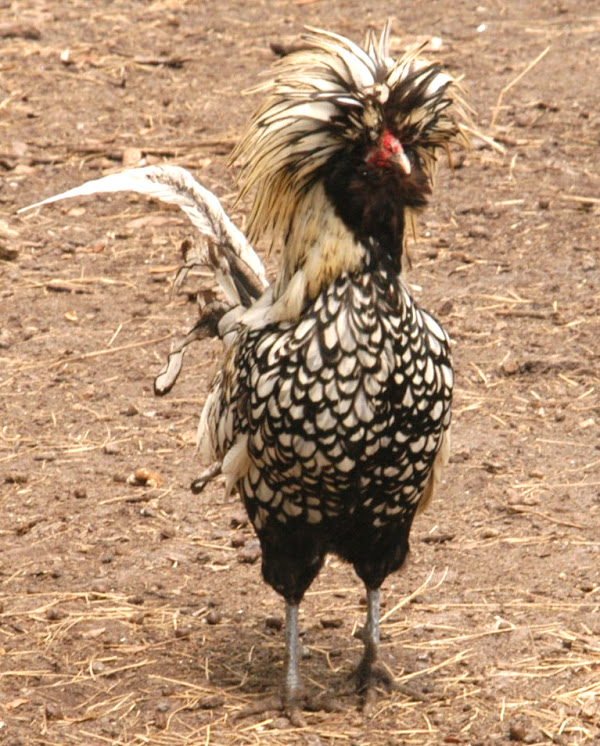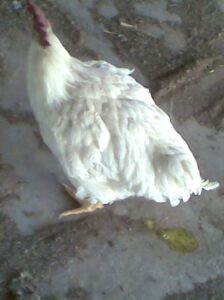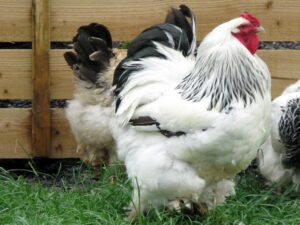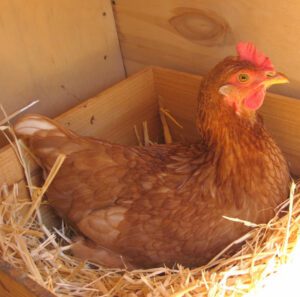Polish chicken is a beautiful crested bird and among the most ornamental of all poultry breeds. It is a popular chicken breed and known for it’s wild top hat of feathers.
Polish chicken is also known as Paduan or Poland. The exact origin of the breed is unknown, but it is a European chicken breed.
Although it is known as Poland, but it is not from Poland. But the breed derived it’s name from the resemblance to the square, spreading crests on the feathered caps historically worn by Polish soldiers. Polish chickens are believed to have arrived in America between 1830 and 1840.
And it was very popular and favored by the American farmers and chicken fanciers during a certain period of time. It is a very old chicken breed, and was known in England during the 1700s.
American Poultry Association accepted three Polish varieties into their Standard of Perfection in 1874. And additional varieties were accepted later.
Today Polish chicken breed is mainly raised as an ornamental breed and also used for exhibition. Currently the breed is listed in the watch category of the American Livestock Breeds Conservancy’s Conservation Priority List. Review characteristics, behavior, temperament and full breed profile of Polish chicken below.
Polish Chicken Characteristics
Polish chicken has many interesting characteristics, and they are very popular mainly for their unusual appearance with beautiful crest. They have a small V-shaped comb of bright red color. Their wattles are small and bright red.
They have small sized white earlobes. Their small wattles and earlobes may be completely hidden by the beard and crest. The legs of Polish chicken are gray and their skin color is white. There are many color varieties of this chicken breed.
And the plumage color vary depending on the color varieties. Bearded White, Bearded Silver, Bearded Golden, Bearded Buff Laced, White Crested Black, Non-Bearded White, Non-Bearded Buff Laced, Non-Bearded Golden, Non-Bearded Silver etc. are some color varieties of Polish chicken breed recognized by the American Poultry Association.
Standard Polish roosters weight about 2.75 kg and hens about 2 kg. And the bantam roosters weight about 0.85 kg and hens about 0.74 kg.

Varieties
The Polish chicken breed encompasses several recognized varieties, each possessing unique color patterns and plumage characteristics. Here are some notable Polish chicken varieties:
White Crested Black: This variety showcases a striking contrast between its lustrous black feathers and its snowy white crests.
Golden: Known for its vibrant golden feathers, this variety’s crest often matches the color of its plumage.
Silver Laced: With beautiful silver lacing on its black feathers, this variety exudes elegance and sophistication.
Buff Laced: These Polish chickens display a soft and warm buff color with delicate lacing, giving them a charming appearance.
Non-bearded: While most Polish chickens possess beards, this variety lacks the characteristic facial feathers, resulting in a unique look.
Uses
The Polish chickens are used mainly for ornamental or exhibition purposes.
Special Notes
Some Polish chicken varieties are excellent layers of medium sized white eggs. They are non-sitters and rarely go broody. They are pretty nervous and easily surprised. Their crests tend to obscure their vision, which makes them more prone to aerial predators.
And if the crest gets wet and dirty, it can hang directly in it’s eyes. Which may lead to eye infections and the inability to locate drink and food. So care must be taken for keeping them clean.
Polish chicken is very easy to handle and tame. They are similar to Leghorn chicken in both size and type. They are also good as pets. However, review full breed profile of this chicken breed below.
| Breed Name | Polish |
| Other Name | Paduan, Poland |
| Breed Purpose | Ornamental/Exhibition |
| Breed Temperament | Friendly, Easily Handled, Shy, Noisy, Flighty |
| Breed Size | Large |
| Broodiness | Seldom |
| Comb | V-Shaped |
| Climate Tolerance | All Climates |
| Egg Color | White |
| Egg Size | Medium |
| Egg Productivity | Medium |
| Feathered Legs | No |
| Rarity | Available |
| Varieties | Many color varieties are available. Bearded White, Bearded Silver, Bearded Golden, Bearded Buff Laced, White Crested Black, Non-Bearded White, Non-Bearded Buff Laced, Non-Bearded Golden, Non-Bearded Silver etc. are some color varieties of Polish chicken breed recognized by the American Poultry Association. |
| Country of Origin | Unknown |







Yes! Finally I have started raising this chicken breed. By the way, can I feed the birds with normal grower feed?
Yes, sure! You can feed your chickens with normal grower feed available in the market.